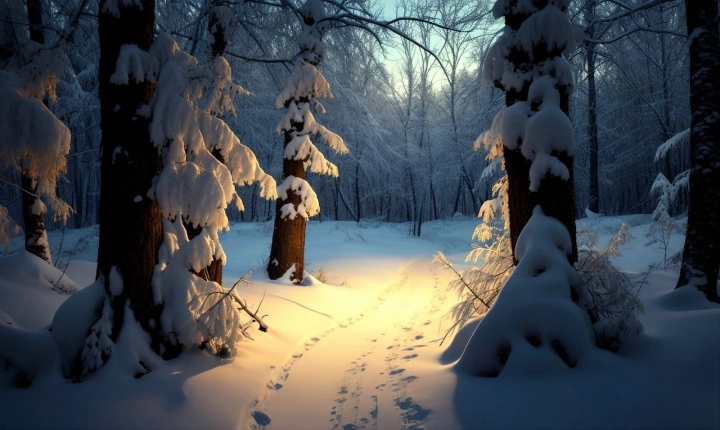Artificial intelligence (AI) has revolutionized many industries, and the field of image processing is no exception. With the help of AI, it is now possible to create stunning images and artwork in a fraction of the time it would typically take using traditional methods. From enhancing photographs to generating original artwork, the capabilities of AI in image creation are truly impressive.
One of the most popular applications of AI in image creation is the use of Generative Adversarial Networks (GANs). GANs consist of two neural networks, a generator and a discriminator, that work together to produce new images. The generator creates images from random noise, and the discriminator evaluates these images to determine if they are real or fake. Through a process of feedback and refinement, GANs can produce highly realistic and visually appealing images.
To use AI to create pictures, you can start by exploring various GAN-based platforms and tools that are available online. These platforms often offer user-friendly interfaces that allow you to input parameters such as image size, style, and content, and then generate an image based on those inputs. Some platforms even allow you to fine-tune the generated images to better match your creative vision.
Another exciting application of AI in image creation is the use of style transfer algorithms. Style transfer involves applying the visual characteristics of one image (such as the brushstrokes and color palette of a famous painting) to another image. This can result in unique and artistically compelling compositions that blend the content of one image with the style of another. Many software applications and online tools now offer style transfer functionality, making it easy for anyone to experiment with this powerful AI technique.
AI can also be used to enhance and restore old or damaged photographs. Through the use of image recognition and restoration algorithms, AI can automatically repair and enhance old photos by removing scratches, reducing noise, and even adding color to black and white images. This allows individuals and organizations to preserve and revitalize their treasured memories in a way that was once only possible through painstaking manual restoration efforts.
Furthermore, AI-driven image creation has also found its way into the world of digital art and design. Artists and designers can use AI tools to generate unique patterns, textures, and compositions that serve as foundations for their creative projects. Whether it’s creating intricate geometric designs or abstract digital paintings, AI can provide a rich source of inspiration and raw material for artistic expression.
Despite the many benefits of using AI for image creation, it’s important to acknowledge that AI is a tool that complements human creativity rather than replaces it. While AI can generate images based on predefined criteria, the true creativity and artistry lie in the hands of the human user who brings personal insight, emotion, and meaning to the images produced by AI.
In conclusion, AI has opened up a world of new possibilities in image creation, offering a wide range of tools and techniques that enable anyone to unleash their creative potential. From generating original artwork to restoring old photographs, the applications of AI in image creation are diverse and exciting. As technology continues to advance, the future of AI-assisted image creation promises further innovation and exploration in the realm of visual art and design.
